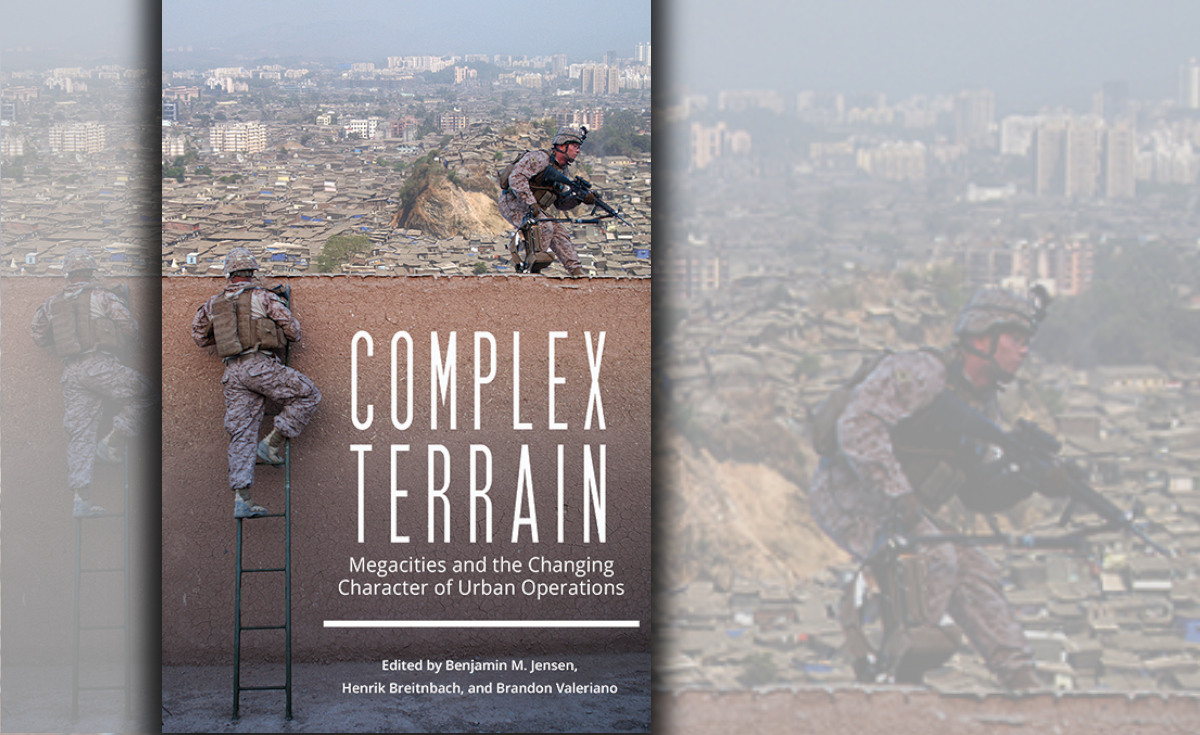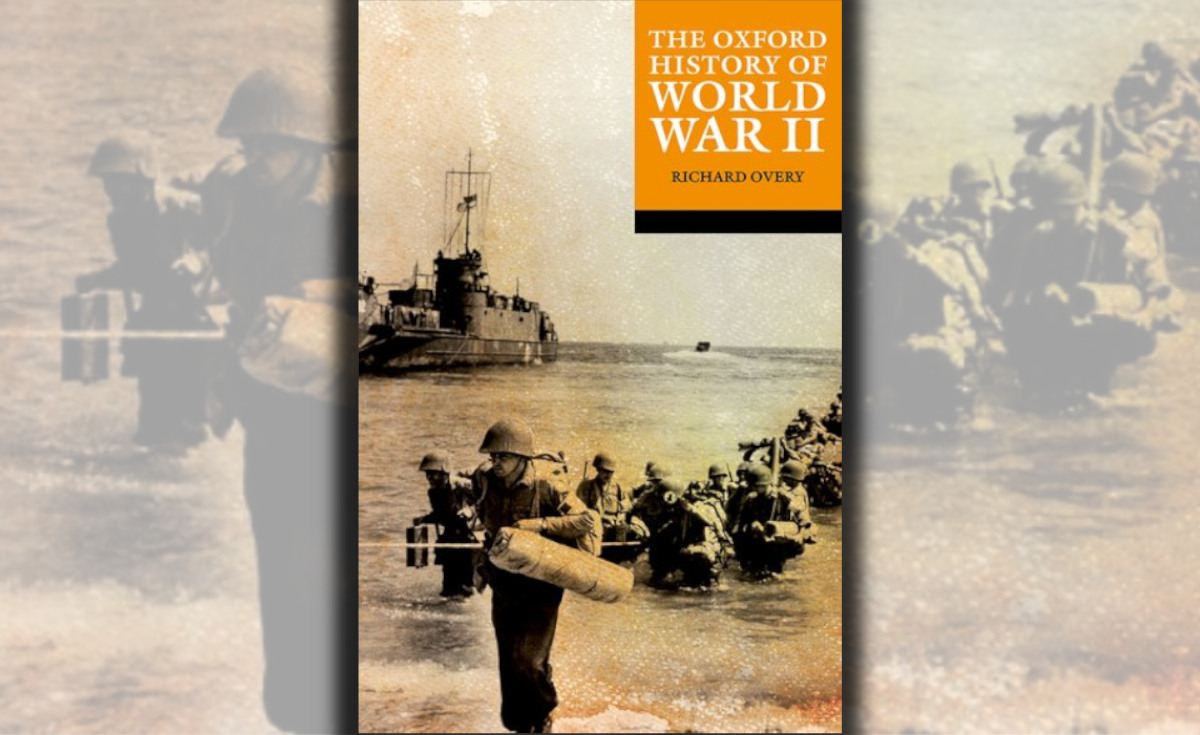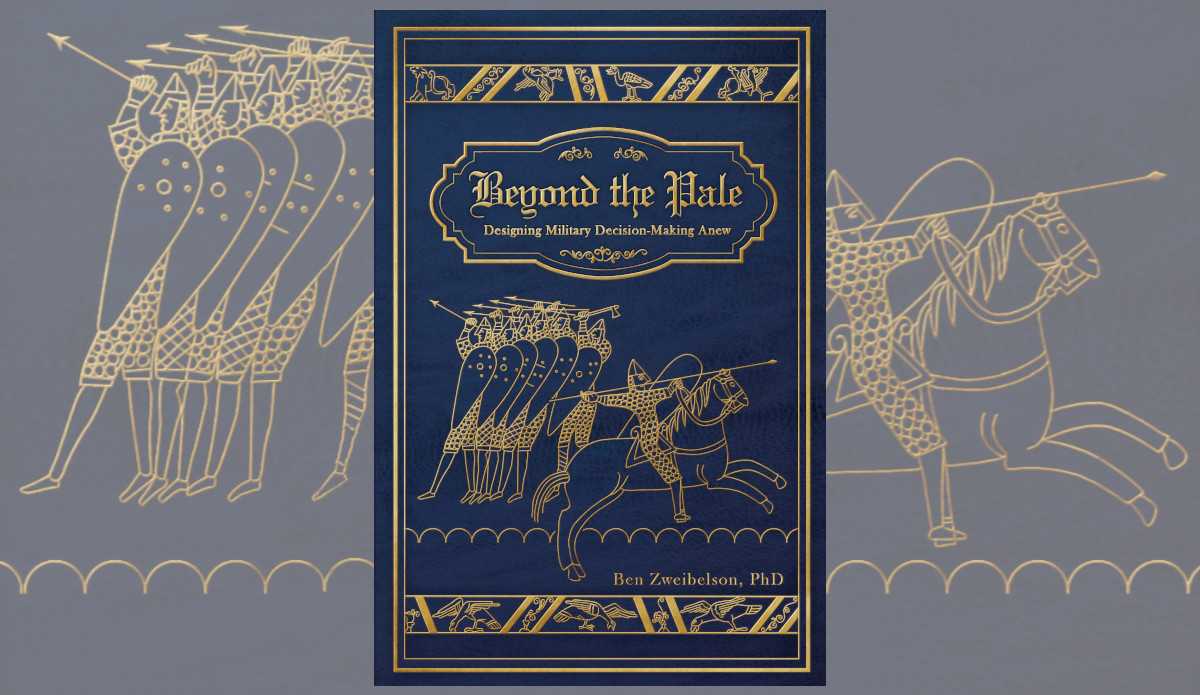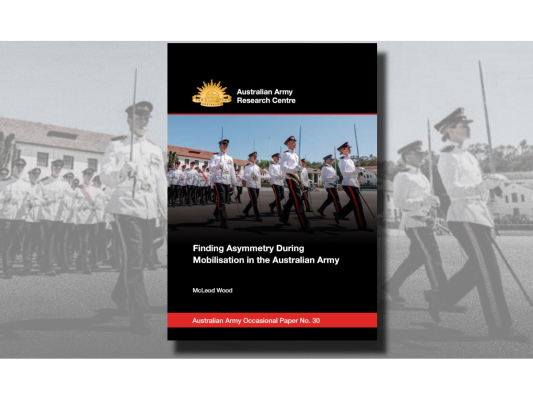
Occasional Paper 30: Finding Asymmetry During Mobilisation in the Australian Army
McLeod Wood shows how Army’s capacity to weather previous national mobilisation events has been supported by trained personnel delivering ‘just in time’ effects. As Army prepares for future scenarios, it must acknowledge the depth and latent skill held within its ranks and within society that will support mobilisation efforts.
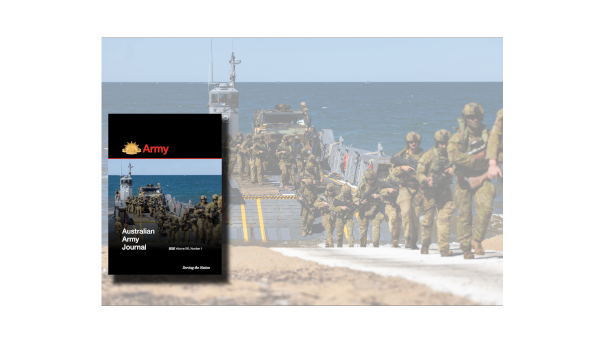
Australian Army Journal Volume 21 Number1
The Australian Army Journal latest edition is now available! It includes the continued theme of the littoral environment and AI, and provides new articles on climate change, admin sanctions, and small nations’ influence in strategic alliances. An excellent insightful read.

2025 CA Reading List
The Australian Army Research Centre (AARC) has been directed to publish the 2025 CA Reading List in accordance with the Army PME Plan.
The AARC is rapidly preparing the List for approval and publication.
Communication around the release of the List will be promulgated by Army in due course.
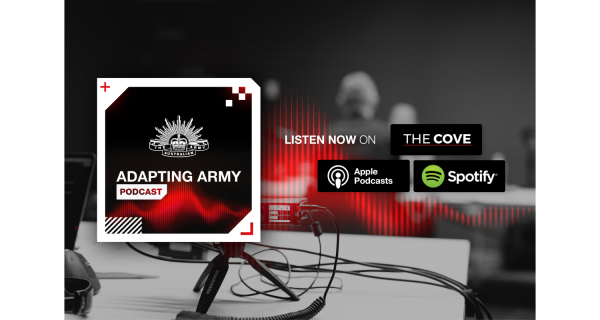
What does it take to adapt Army?
The ‘Adapting Army’ podcast invites visionary leaders from Army, Defence, industry and academia to share their stories and insights to explore how Army can adapt through people, partnerships, and innovation. Join us as we examine how Army can drive change, harness disruptive technology, and take advantage of the exciting possibilities that will shape our preparedness and capabilities to meet the challenges ahead.
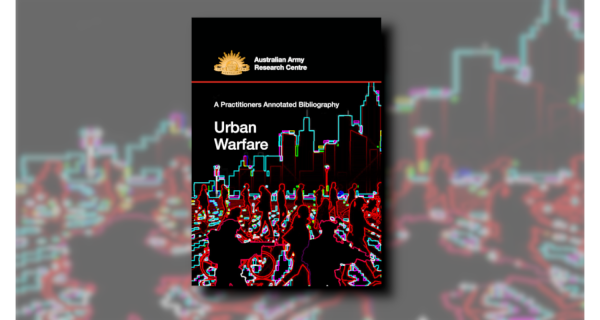
Urban Warfare: A Practitioner’s Annotated Bibliography
'Urban Warfare – A Practitioners Annotated Bibliography’ provides access to a wealth of resources about urban warfare to military practitioners. In it, the AARC has collated over 500 papers, articles and reports on the topic of urban warfare. Each resource listed in the bibliography is directly or indirectly, accessible online, including many examples that would not otherwise be readily located using online search engines.
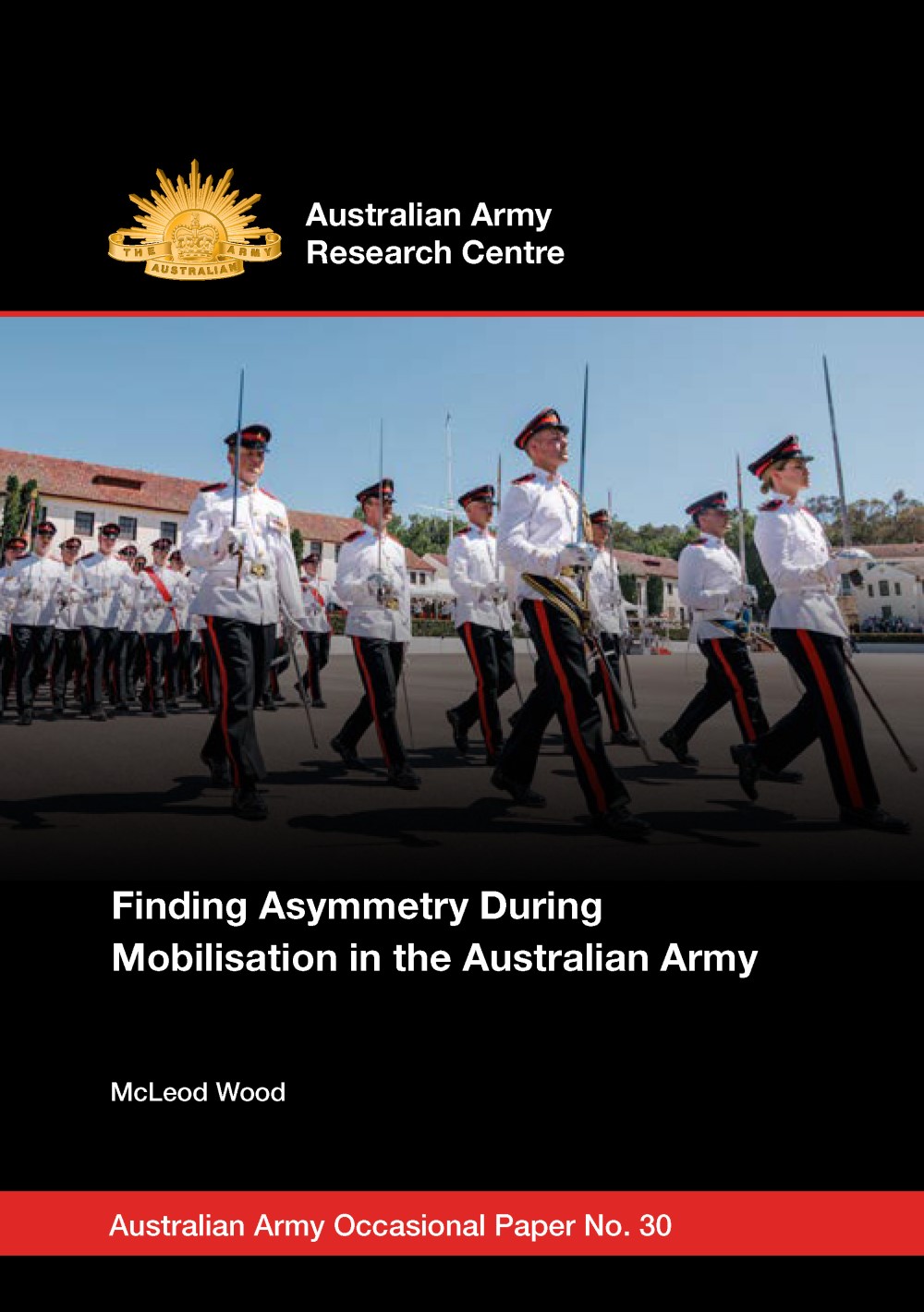
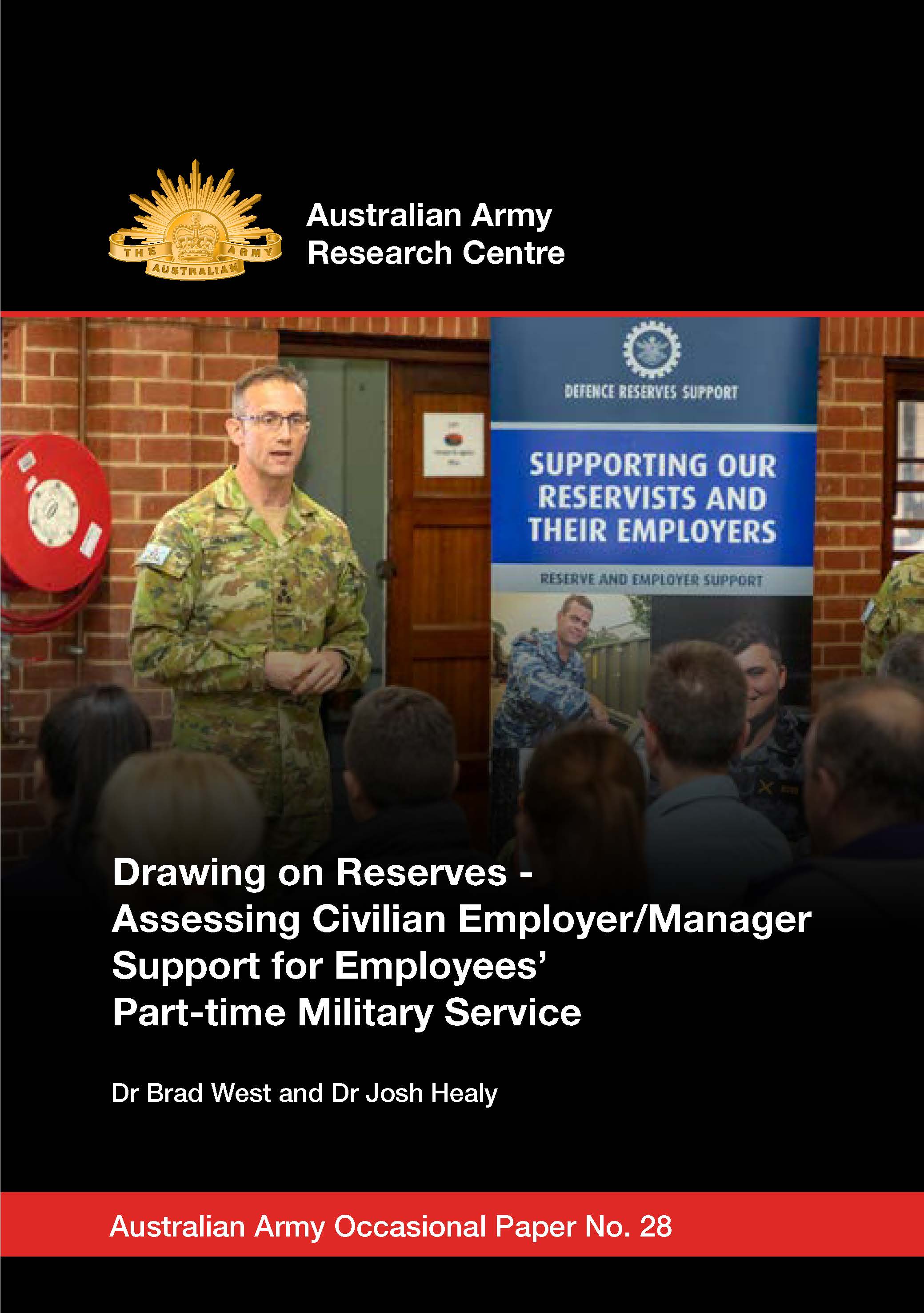

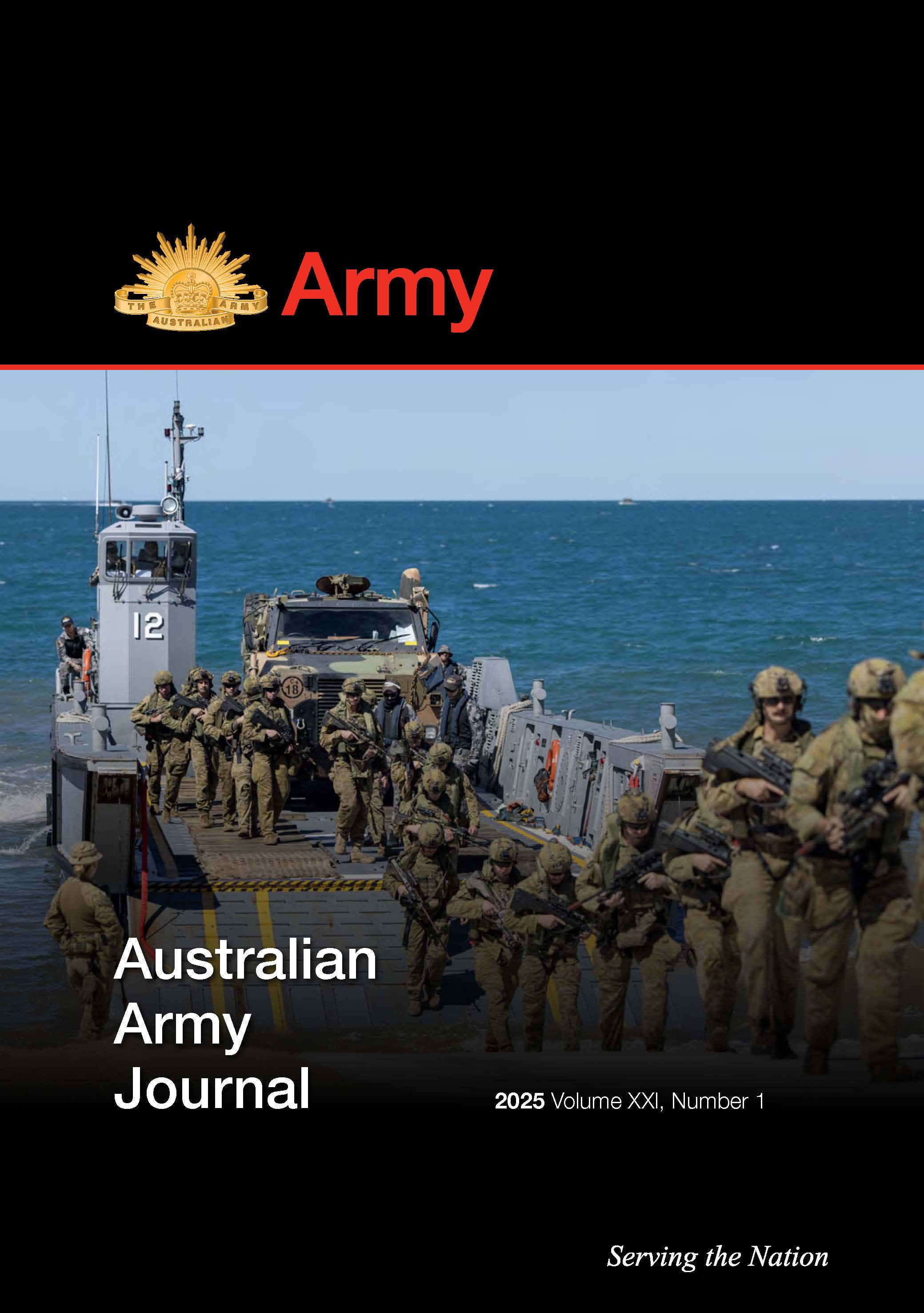
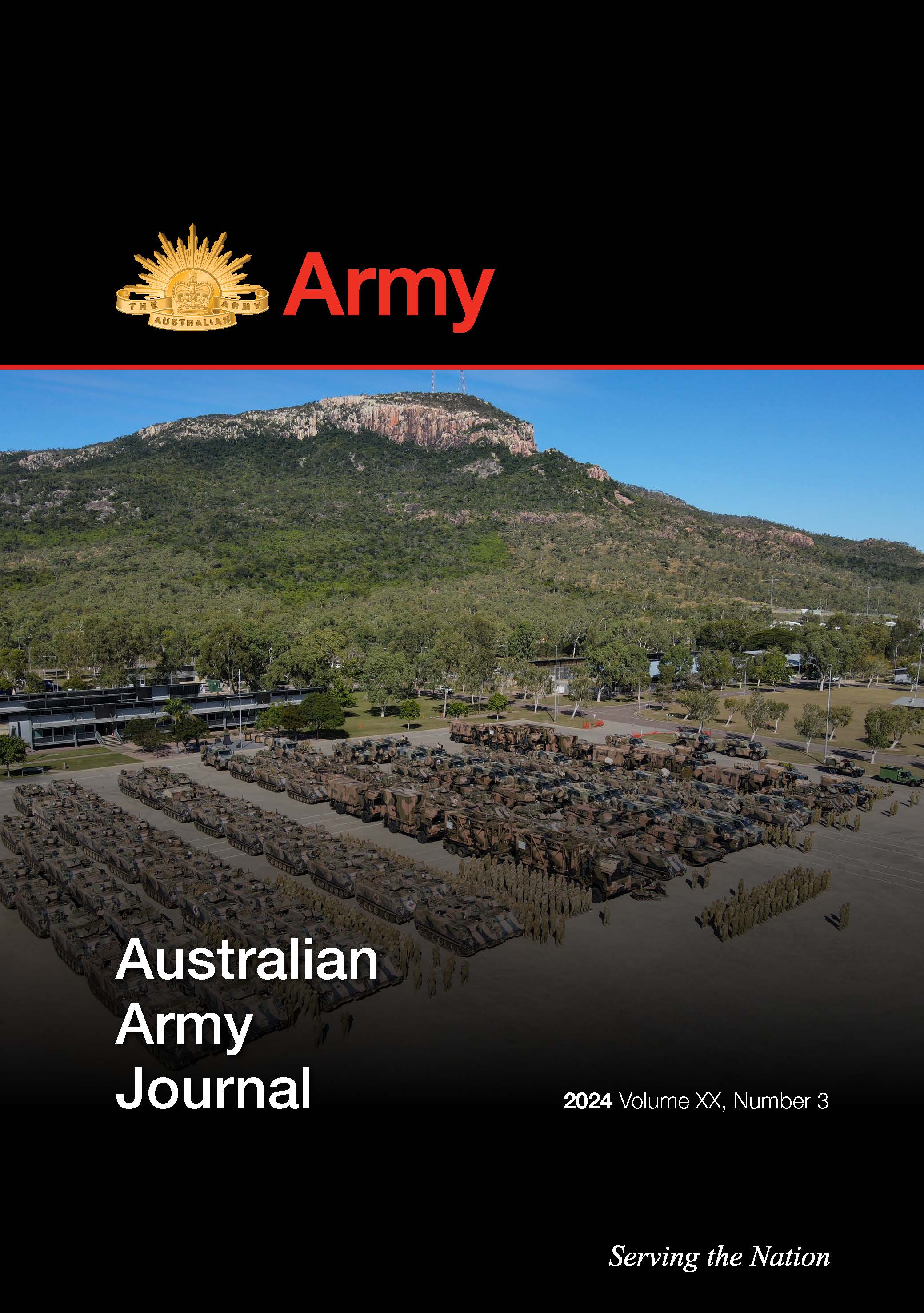
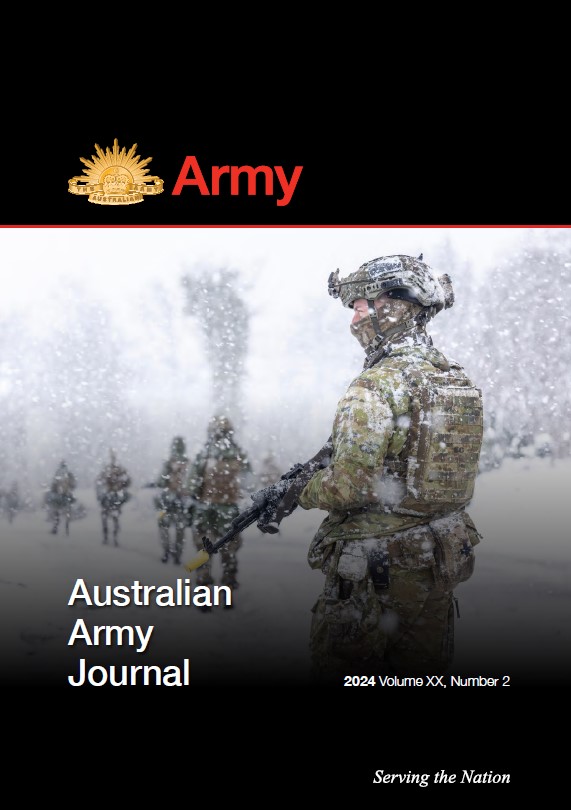
Robotic and Autonomous Systems Implementation & Coordination Office (RICO)

RICO explores, coordinates, and develops disruptive technology that equips Army to be Future Ready.

